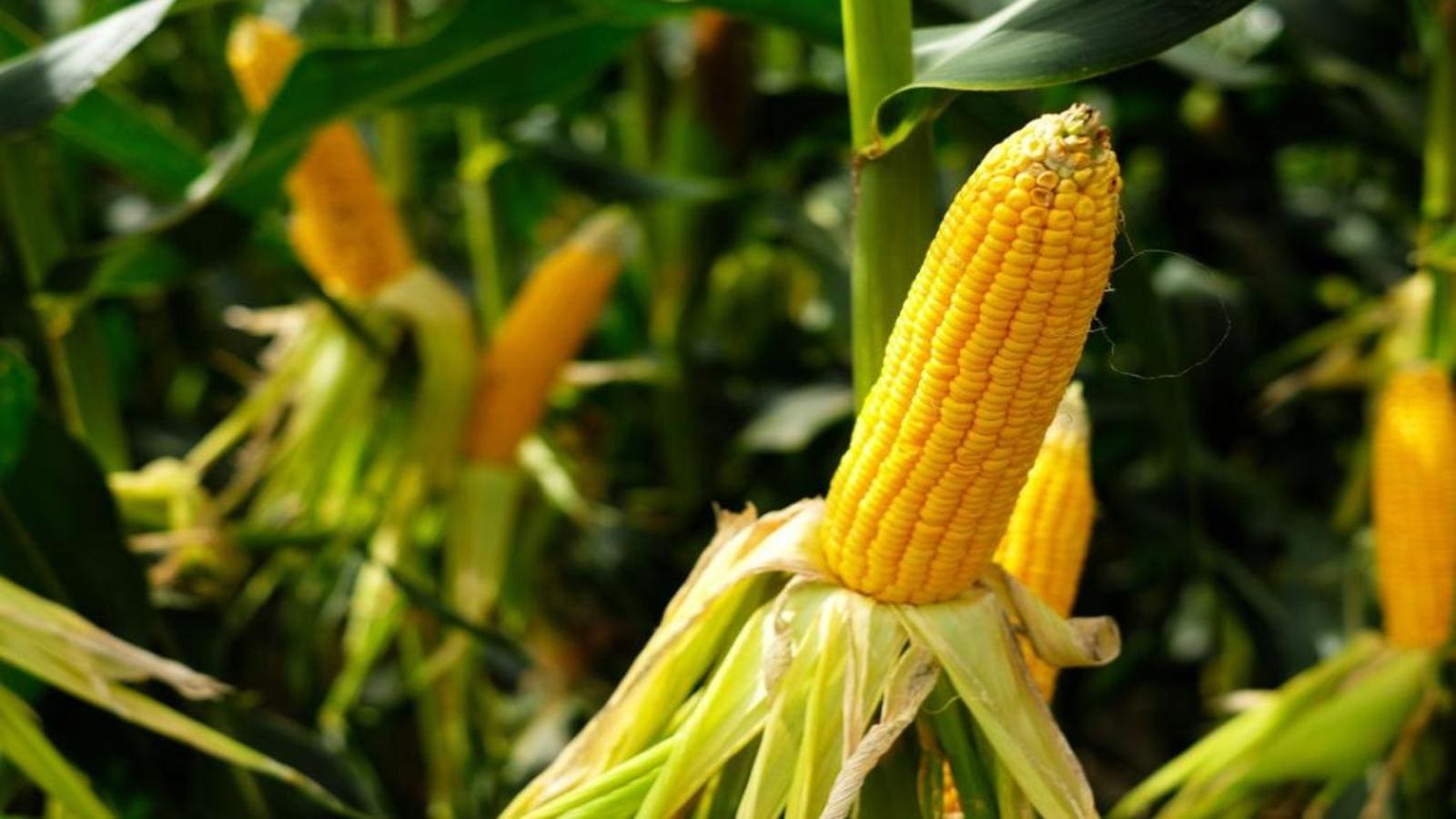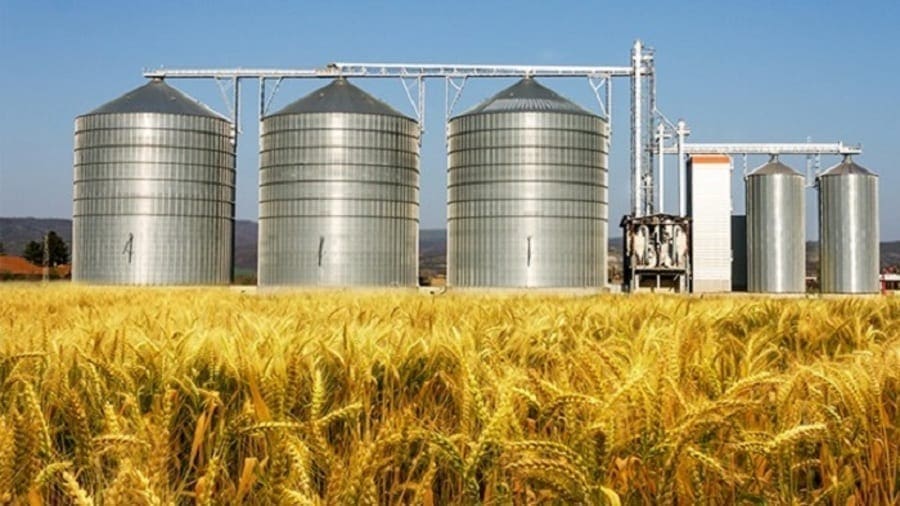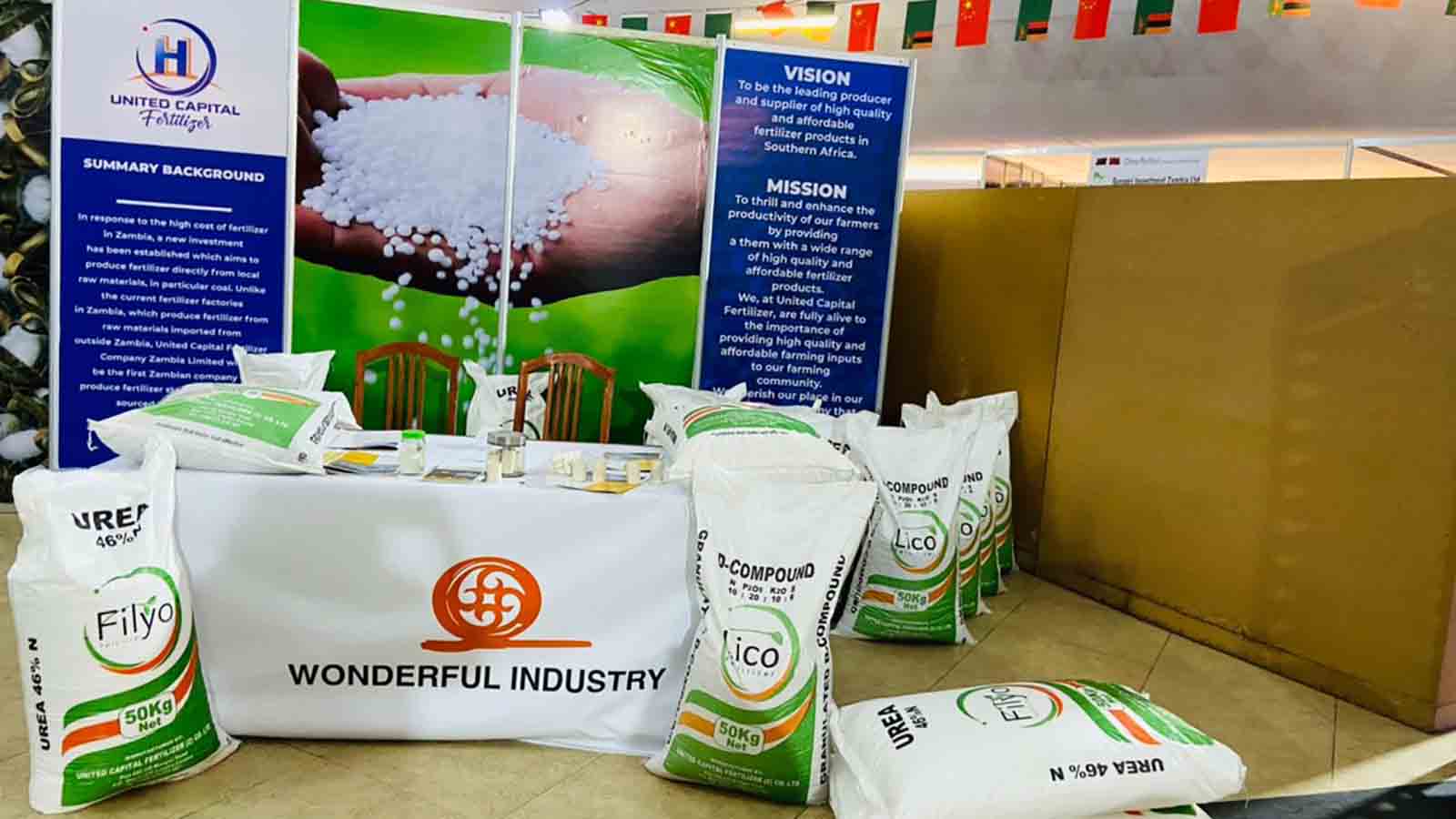KENYA – Corn production in Kenya in the Marketing Year (MY) 2021/2022) is estimated to decline by 23 percent year-on-year to 3.1 million metric tonnes (MMT) due to drought and untimely rains.
However, production volumes in 2022/2023 are set to be redeemed to 3.2 million MMT, registering a 3 percent year-on-year rise.
The increase in production is largely due to anticipated better weather, however, the yields are likely to remain below historical levels due to high fertilizer prices which incentivize lower fertilizer application.
Due to the high prices of inputs, most farmers are reported to switch to alternative crops such as sugarcane which represents a better return on investment, particularly due to lower labor and tending requirements compared to corn.
Meanwhile, total corn consumption is expected to remain flat in 2022/23 at about 4 million MT, due to supply constraints and shifting consumer preferences.
Although corn remains the primary staple food in most parts of Kenya, consumers are substituting potatoes, pulses, and other cereals for maize.
This is linked to the fact that potatoes are increasingly popular in urban areas where consumers appreciate their relative ease of cooking and a high variety of recipes.
“Kenya consumers may also be switching away from corn due to high cooking fuel costs, as corn generally requires more energy to cook than other staples,” highlighted the report.
Demand in the feed sector is also forecast to remain unchanged from MY 2021/22 but will be below historical levels.
Kenya is currently experiencing steep price increases for feed ingredients, with some increasing by as much as 70 percent in 2021.
These price hikes have resulted in the closure of at least 30 feed mills and a reduction in milling capacity utilization.
However, those mills that have not closed appear to be passing on higher input costs to consumers which will likely allow them to continue at a depressed level of production in MY2022/23.
With demand set to be higher that local production levels, Kenya’s MY 2022/23 corn imports are set at 700,000 MT.
This is a 12.5 percent decrease from MY 2021/22 estimate of 800,000 MT, due to slightly higher domestic production and lower exportable supplies in regional countries, particularly Tanzania.
As of November 2021, Kenya’s year-on-year imports were up by almost 200 percent, putting MY2021/22 imports on track to be the highest since MY2017/18.
In line with the East African Community (EAC) common external tariff (CET) framework, Kenya charges an ad-valorem duty of 50 percent for corn imports from outside of the EAC. EAC member states have duty-free access to Kenya.
In December 2021, Kenya granted several feed milling companies duty-free access to non-GE yellow maize imports to alleviate high feed prices; however, to date, no significant imports have occurred under this measure due to high prices for non-GE corn.
Liked this article? Subscribe to Food Business Africa News, our regular email newsletters with the latest news insights from Africa and the World’s food and agro industry. SUBSCRIBE HERE











